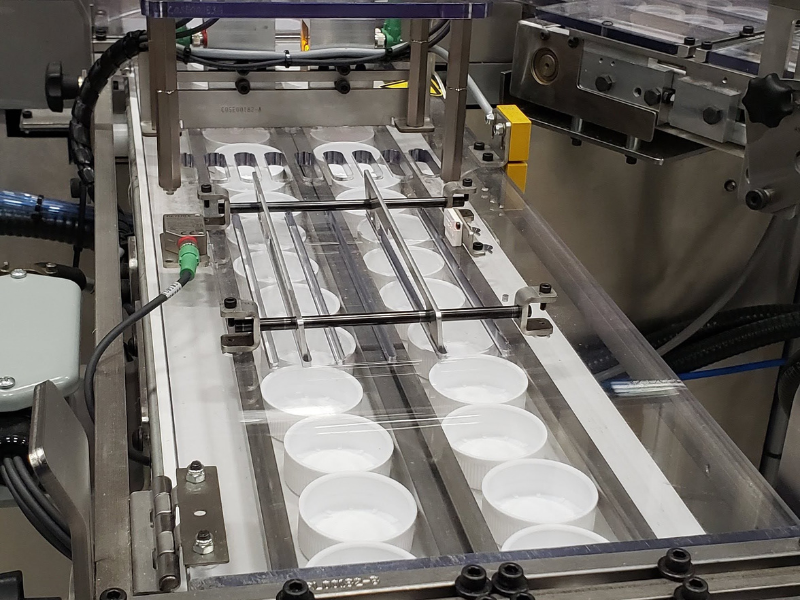
Injection molding is a widely used manufacturing process for creating plastic closures used in containers such as bottles, jars, and tubes. The process involves several steps, including:
-
Material Preparation: Raw plastic pellets are fed into the injection molding machine, where they are melted and mixed to form a uniform liquid. The plastic material is carefully chosen based on the specific properties required for the closure.
-
Injection: The molten plastic material is then injected into a mold cavity under high pressure, which is designed to shape the plastic into the desired form of the closure. This step requires careful control to ensure that the mold cavity is completely filled with plastic and that there are no voids or defects in the finished part.
-
Cooling: Once the plastic has been injected into the mold, it is cooled and solidified. The cooling process is critical to ensure that the plastic maintains its shape and does not warp or deform.
-
Ejection: Once the plastic has cooled and hardened, the mold is opened, and the finished part is ejected from the mold.
During the injection molding process, certain challenges may arise.
To produce high-quality plastic closures, our teams use advanced techniques such as scientific molding, which involves monitoring and analyzing variables like temperature, pressure, and fill rate to minimize defects.
Our processors utilize decoupled injection molding which separates the filling, packing, and cooling phases for greater control and consistency.
Our molders closely monitor and record inputs/outputs related to process controls, analyzing the data to improve processes.
Quality defect identification through careful inspection of finished parts is critical for continuous improvement and waste reduction.
These techniques ensure the highest levels of precision and consistency for plastic closures and other products.
If the anatomy of a closure mold intrigues you, check out our blog here.
